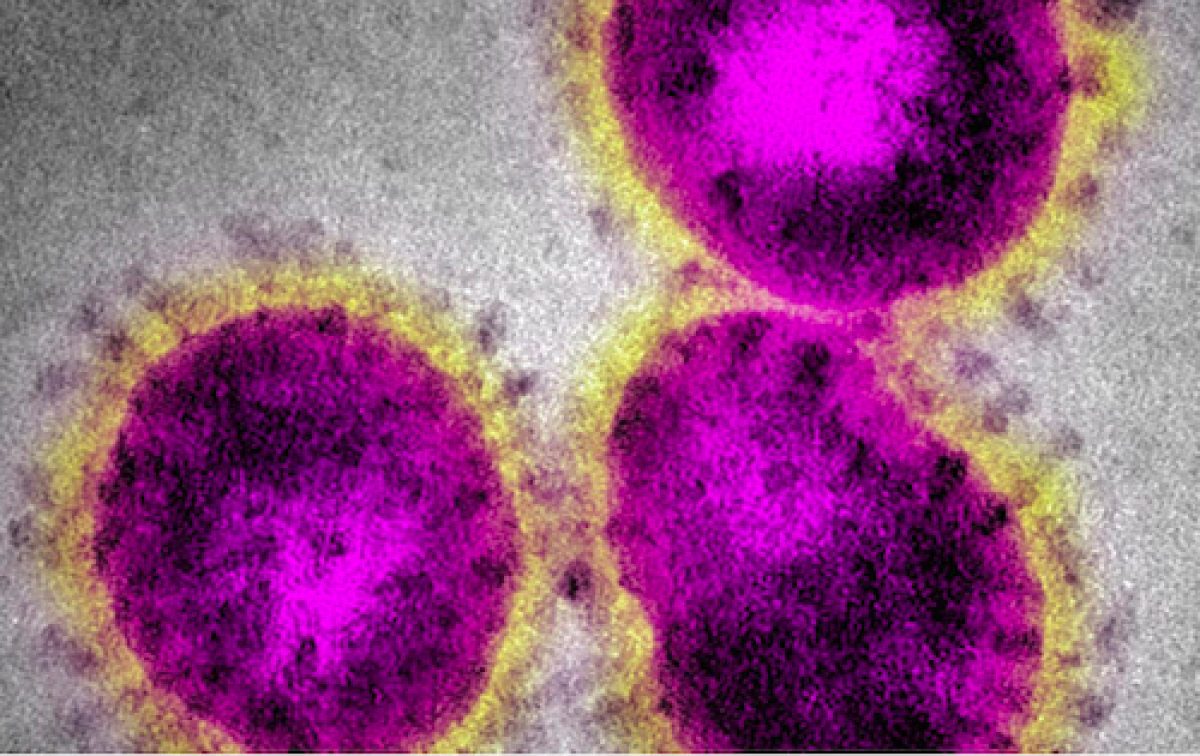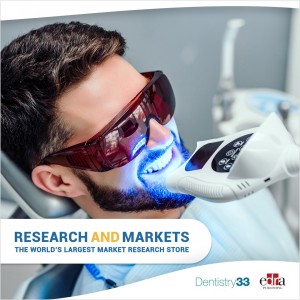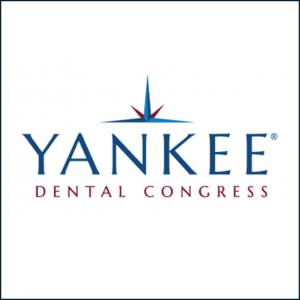
COVID-19 emergency: Comparison between SARS-CoV-2 and SARS-CoV-1 on Aerosol and different Surfaces Stability
Authors: L. Breschi, S. Chirico
A tough battle is being fought all over the world against Covid-19 emergency. The numbers are really worrying, because of the high contagion power of the virus.
Focusing on the dental aspect, as established in several scientific studies, dentists are the category most at risk of contagion, due to the ability of the coronavirus to remain in aerosol and on various surfaces.
In particular, this aspect was examined in the study published in "The New England Journal of Medicine", in which the authors compared the stability of SARS-CoV-2 virus (virus of the current pandemic) and SARS- CoV-1 (responsible for the epidemic in 2003) in five environments: aerosols, plastic, stainless steel, copper, and cardboard.
Here are the results of the various samples:
- Aerosol: SARS-CoV-2 remained viable in aerosols for 3 hours, with a reduction in infectious titer from 103.5 to 102.7 TCID50 per liter of air. SARS-CoV-1 had a similar reduction, from 104.3 to 103.5 TCID50 per milliliter.
- Plastic: SARS-CoV-2 was detected up to 72 hours after application to these surfaces, but the virus titer was greatly reduced, from 103.7 to 100.6 TCID50 per milliliter of medium after 72 hours. The stability kinetics of SARS-CoV-1 were similar, from 103.4 to 100.7 TCID50 per milliliter.
- Stainless steel: SARS-CoV-2 was detected up to 48 hours after application to these surfaces, but the virus titer was greatly reduced, from 103.7 to 100.6 TCID50 per milliliter of medium. The stability kinetics of SARS-CoV-1 were similar, from 103.6 to 100.6 TCID50 per milliliter.
- Copper: no viable SARS-CoV-2 was measured after 4 hours and no viable SARS-CoV-1 was measured after 8 hours.
- Cardboard: no viable SARS-CoV-2 was measured after 24 hours and no viable SARS-CoV-1 was measured after 8 hours
Conclusion
Both viruses had an exponential decay in virus titer across all experimental conditions.
The half-lives of SARS-CoV-2 and SARS-CoV-1 were similar in aerosols, plastic and stainless steel. Instead, on cardboard, the half-life of SARS-CoV-2 was longer than that of SARS-CoV-1. The longest viability of both viruses was on stainless steel and plastic.
This indicates that differences in the epidemiologic characteristics of these viruses probably arise from other factors, including high viral loads in the upper respiratory tract and the potential for persons infected with SARS-CoV-2 to shed and transmit the virus while asymptomatic.
For additional information: Aerosol and Surface Stability of SARS-CoV-2 as Compared with SARS-CoV-1
 Tag
Tag
 Related articles
Related articles
Digital Dentistry 17 June 2025
Clinical relevance of digital dentistry during COVID-19 outbreak: a scoped review
o perform a scoped literature review on advantages of digital workflows in dentistry that could be widely adopted to address safety issues raised during the coronavirus (COVID-19) pandemic.
Oral pathology 23 December 2024
Oral Pathology in COVID-19 and SARS-CoV-2 Infection—Molecular Aspects
This review article was designed to evaluate the existing evidence related to the molecular processes of SARS-CoV-2 infection in the oral cavity.
Oral Hygiene & Prevention 07 August 2024
Dental Patient Management in the Context of the COVID-19 Pandemic: Current Literature Mini-Review
Considering dental data gain associated with COVID-19 in the last few months of 2020, it is highly important to provide an assertive critical literature review with the categorization and...
News 19 September 2023
Dentists report insurance reimbursement rates decreased: ADA research
Dentists report that dental insurance reimbursement rates have decreased over a span of 12 months, according to the August Economic Outlook and Emerging Issues in Dentistry poll from the ADA Health...
News 15 September 2023
Procter & Gamble, Colgate, GSK drive strong growth in oral care market: report
The global oral care market has experienced substantial growth, with an impressive increase to $45 billion in 2023.
 Read more
Read more
Oral pathology 24 October 2025
Isolation and characterization of dental pulp stem cells from a supernumerary tooth
Dental pulp stem cells (DPSCs) were primarily derived from the pulp tissues of primary incisors and permanent third molar teeth, whereas no report to our knowledge has yet been documented on deriving...
Editorials 24 October 2025
From mentoring workshops to leadership insights, the last week’s IU School of Dentistry (IUSD) fall faculty conference and staff retreat brought faculty and staff together respectively for two days...
Products 24 October 2025
At the American Academy of Periodontology’s Annual Meeting, Carestream Dental continues to deliver what’s next in dentistry with the launch of CS 3D.
News 24 October 2025
As dental professionals prepare to wrap up 2025, many are setting ambitious goals for the year ahead, yet few have a clear, actionable plan to achieve them.
News 24 October 2025
The Yankee Dental Congress will take place from January 29, 2026, through January 31, 2026, at the Thomas M. Menino Convention & Exhibition Center in Boston.















